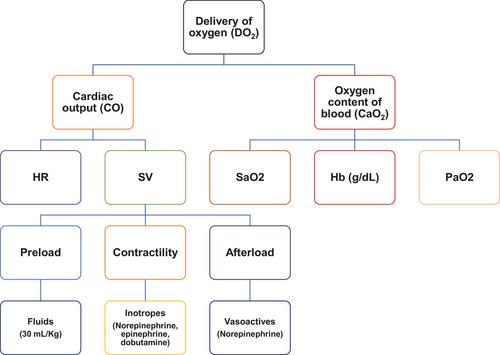为急诊科临床医生提供脓毒症护理的最新技术
IF 1.6
Q2 EMERGENCY MEDICINE
Journal of the American College of Emergency Physicians open
Pub Date : 2024-08-12
DOI:10.1002/emp2.13264
引用次数: 0
摘要
败血症每年影响 170 万美国人。由于人体宿主对感染的反应,败血症会导致器官功能紊乱,危及生命。败血症仍然是急诊科(ED)经常遇到的一种疾病,据估计,美国每年有 85 万人次因败血症就诊。处理败血症的支柱仍然是及时发现、开始使用抗菌药物,同时以控制源头和复苏为目标,恢复组织灌注。本文重点介绍从急诊室开始的最先进脓毒症护理的现有证据和最佳实践建议。本文章由计算机程序翻译,如有差异,请以英文原文为准。

State of the art of sepsis care for the emergency medicine clinician
Sepsis impacts 1.7 million Americans annually. It is a life-threatening disruption of organ function because of the body's host response to infection. Sepsis remains a condition frequently encountered in emergency departments (ED) with an estimated 850,000 annual visits affected by sepsis each year in the United States. The pillars of managing sepsis remain timely identification, initiation of antimicrobials while aiming for source control and resuscitation with a goal of restoring tissue perfusion. The focus herein is current evidence and best practice recommendations for state-of-the-art sepsis care that begins in the ED.
求助全文
通过发布文献求助,成功后即可免费获取论文全文。
去求助
来源期刊
CiteScore
4.10
自引率
0.00%
发文量
0
审稿时长
5 weeks

 求助内容:
求助内容: 应助结果提醒方式:
应助结果提醒方式:


